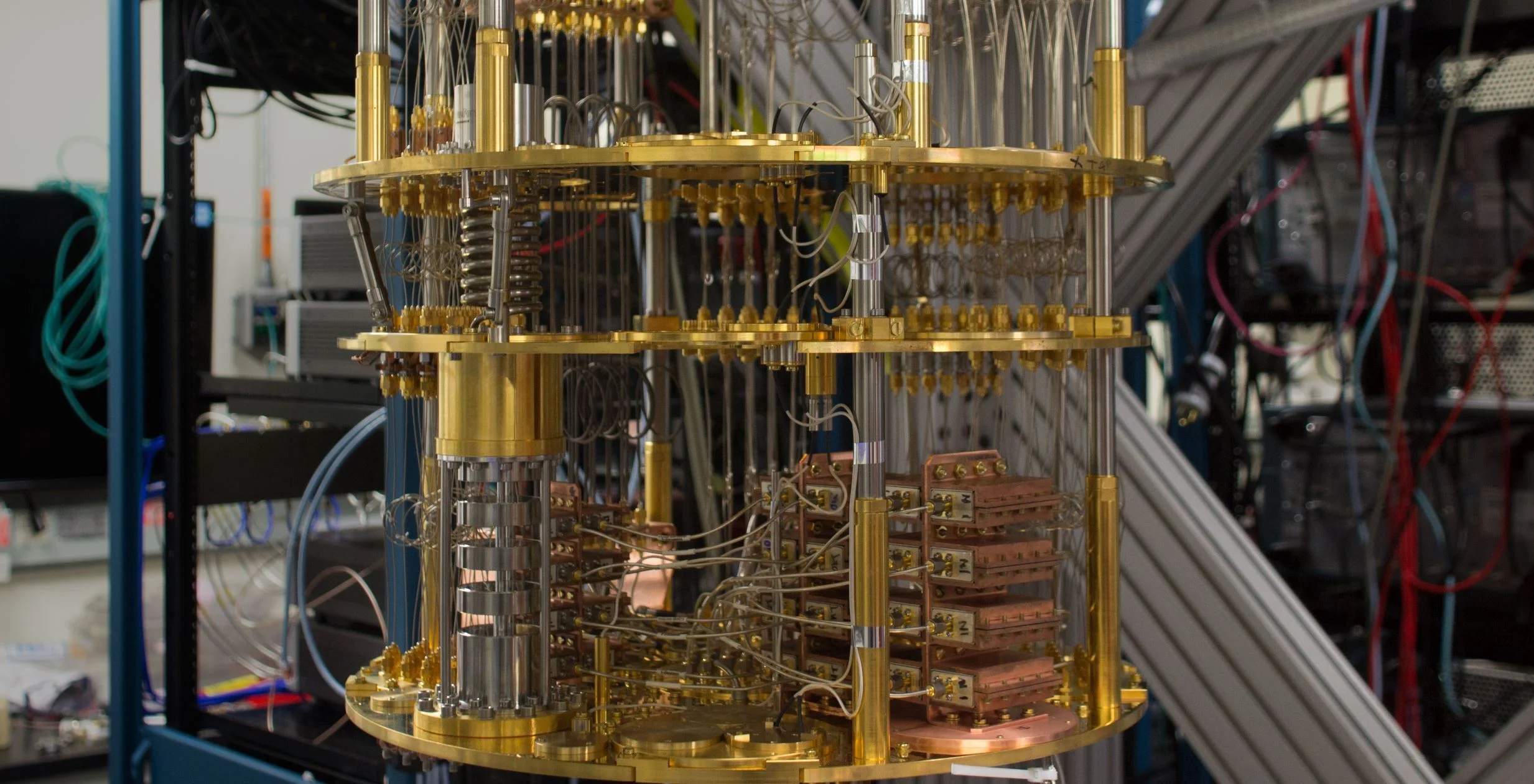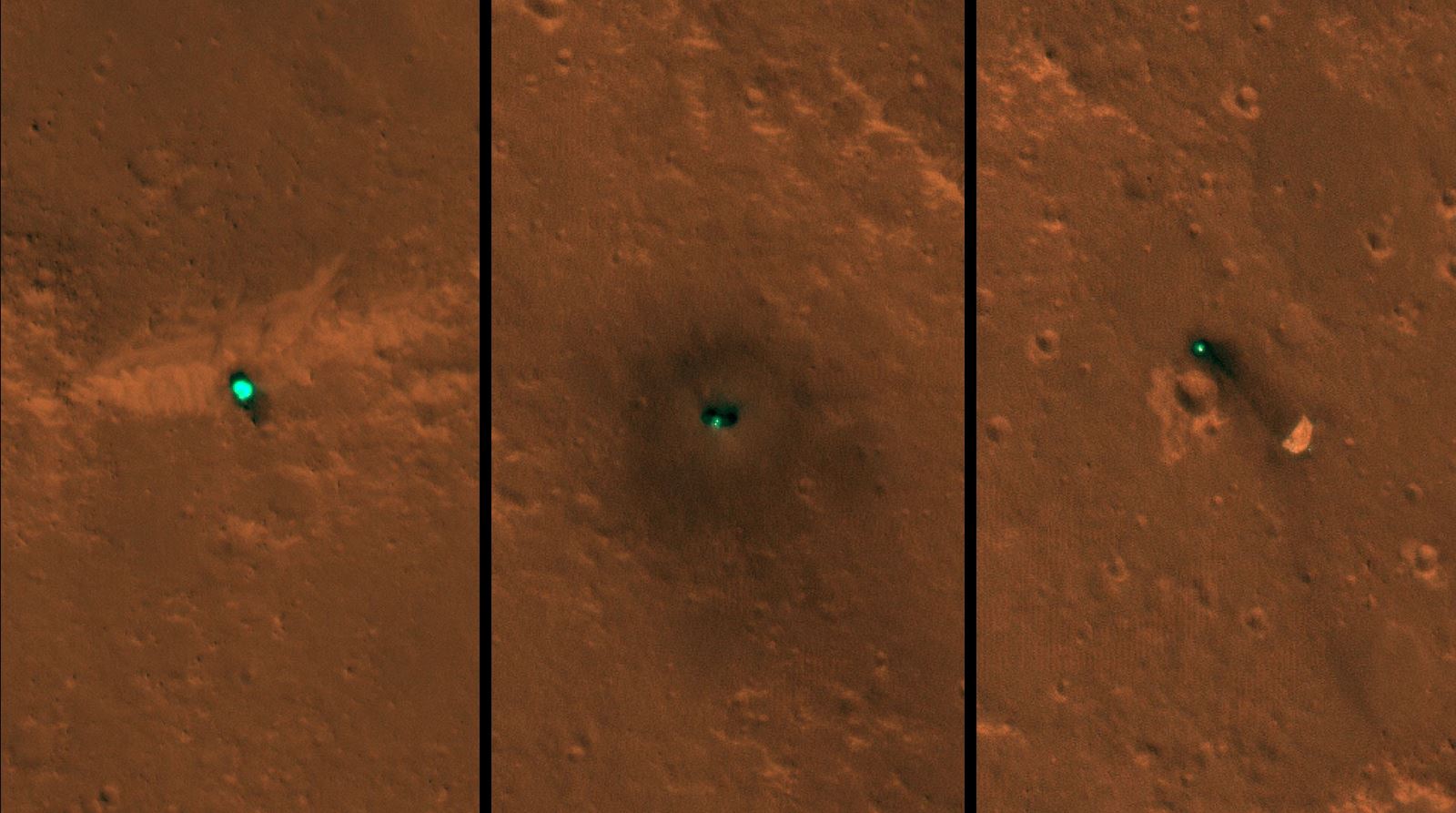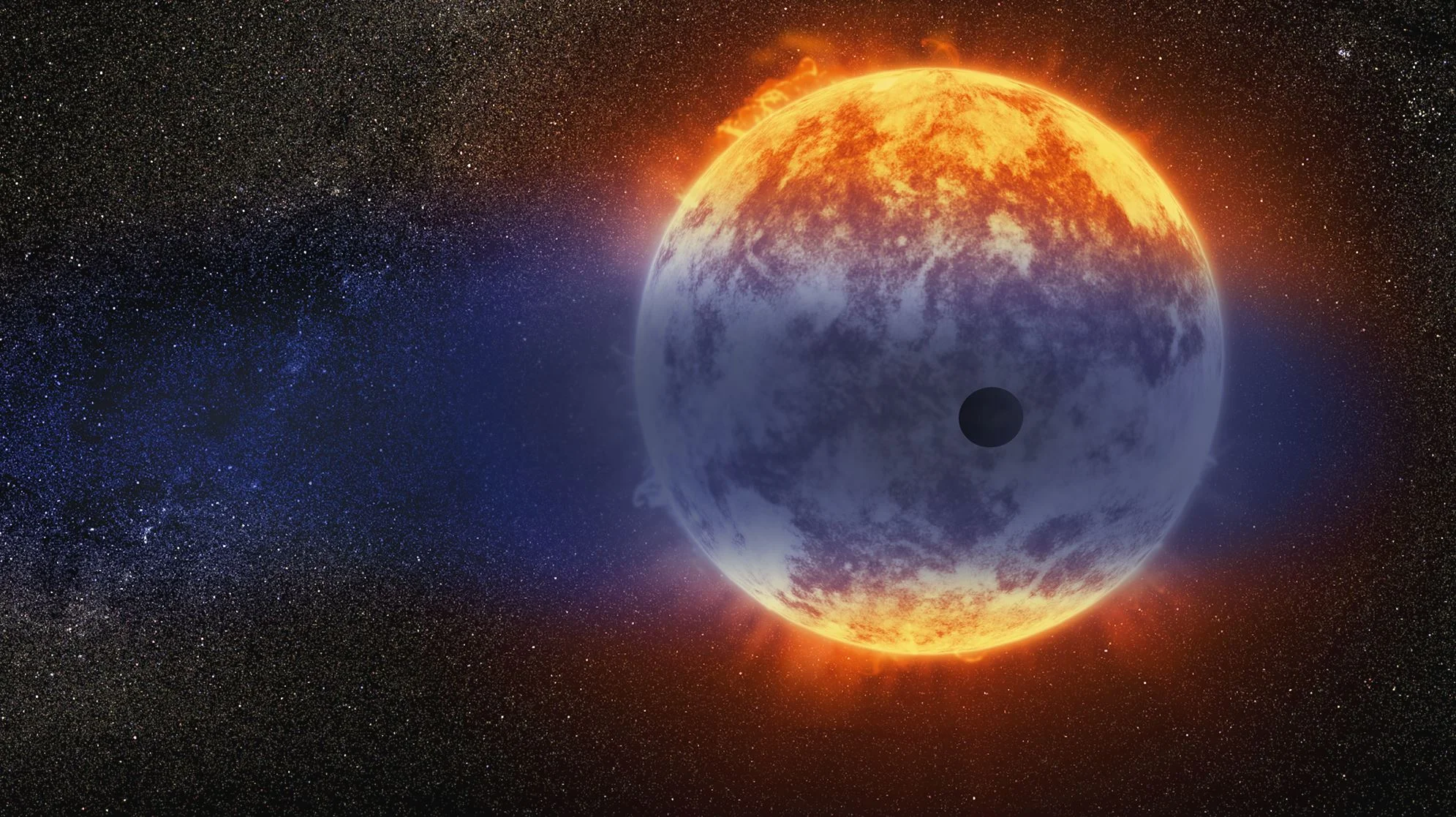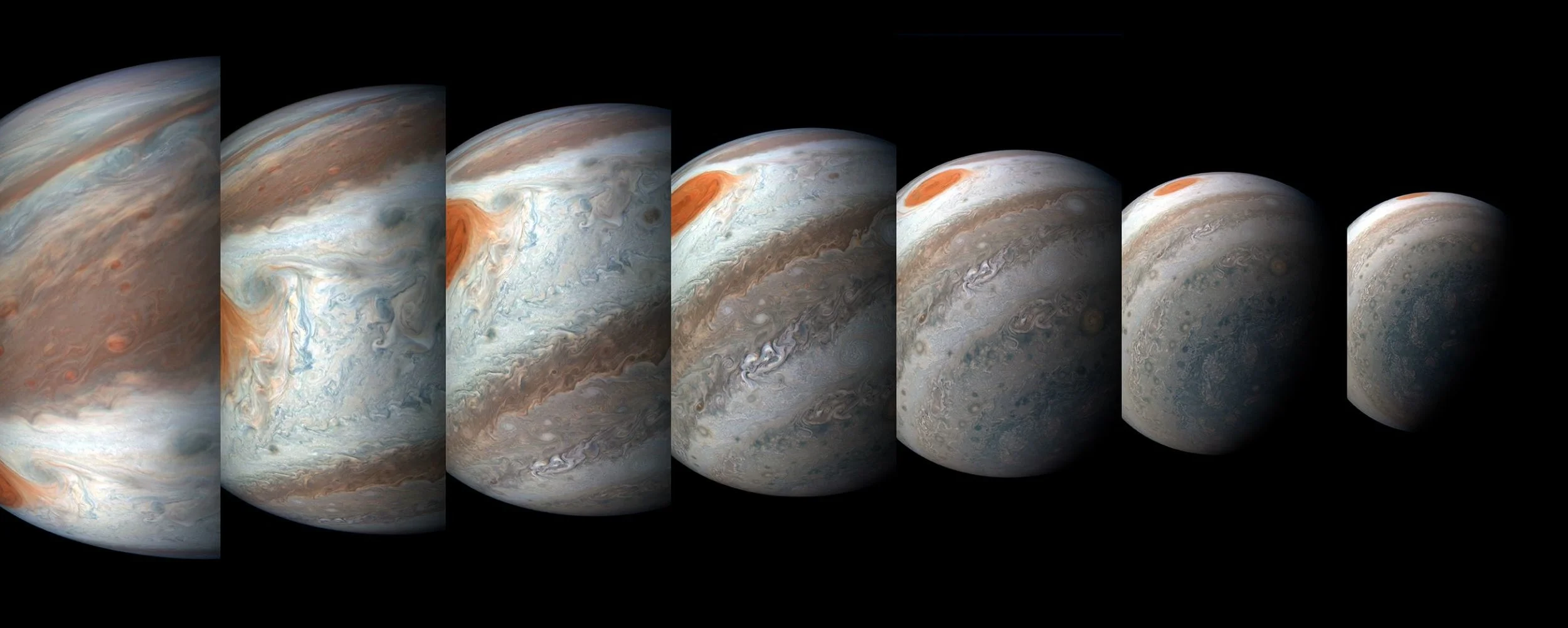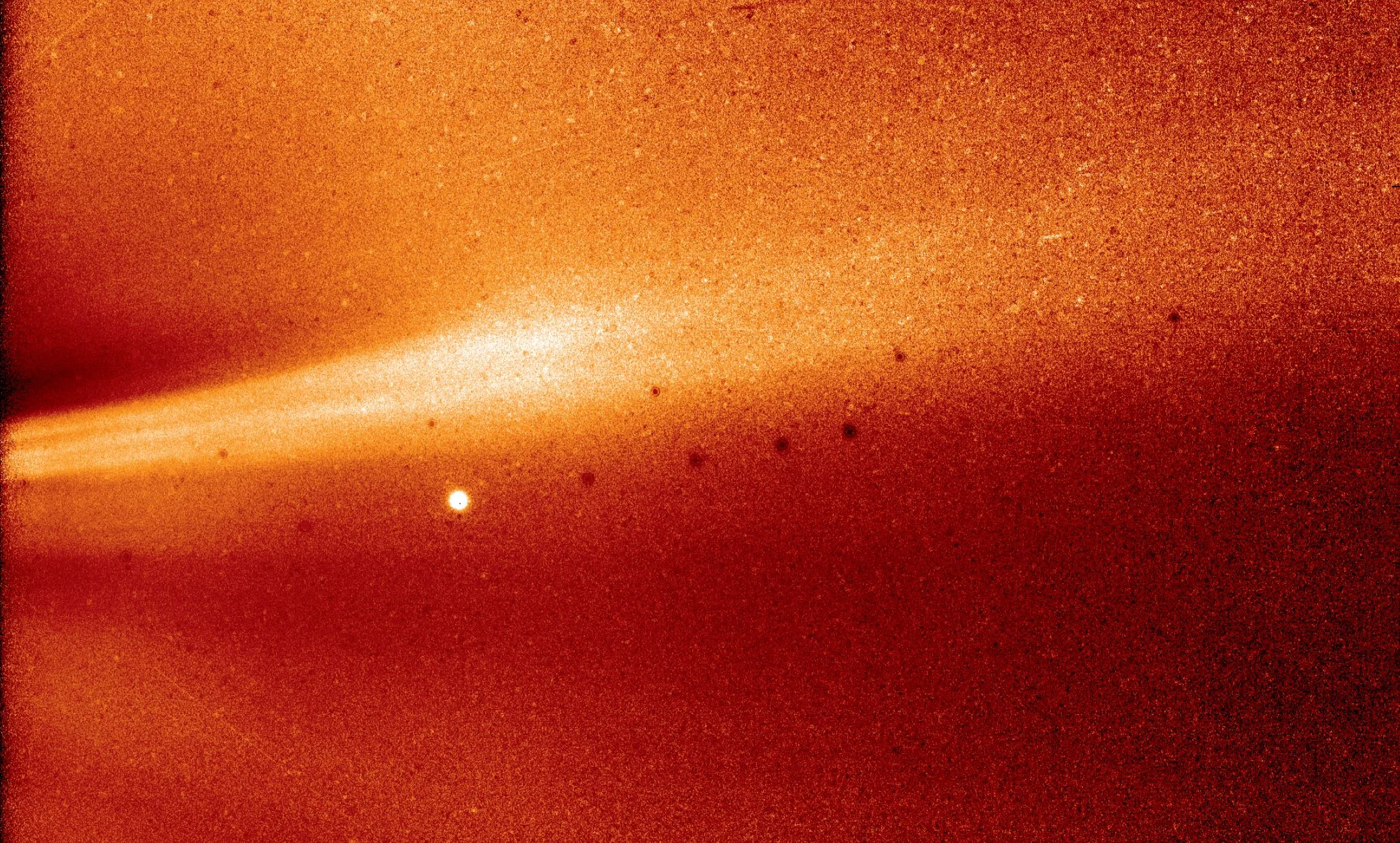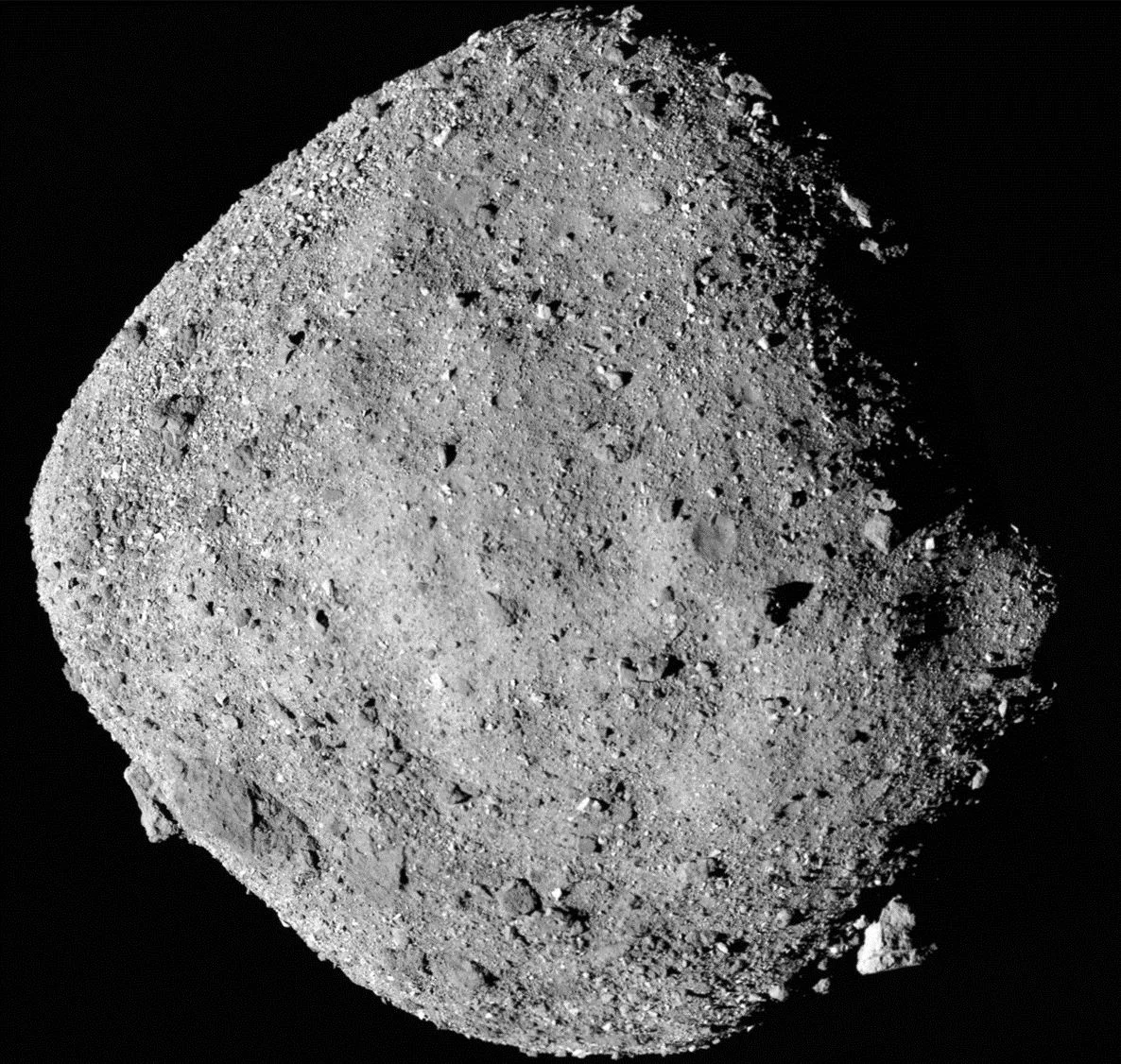Whether you’re a morning person or love burning the midnight oil, we’re all controlled by so-called “body clocks.” These body clocks (which regulate your circadian rhythms) are inside almost every cell in the body and control when we feel awake and tired during a 24-hour period. But as it turns out, our latest study found that our body clocks have a much bigger impact on us than we previously realized. In fact, our body clocks actually effect how well a person performs on both mental and physical tasks.
NASA Telescopes Take a Close Look at the Brightest Comet of 2018
Is quantum computing a cyber security threat?
More than half of all languages are dying
NASA Research Reveals Saturn is Losing Its Rings at “Worst-Case-Scenario” Rate
80,000 tons of nuclear waste are sitting in limbo
Here are 20 Protoplanetary Disks, With Newly Forming Planets Carving Out Gaps in the Gas and Dust
The hunt for other planets in our galaxy has heated up in the past few decades, with 3869 planets being detected in 2,886 systems and another 2,898 candidates awaiting confirmation. Though the discovery of these planets has taught scientists much about the kinds of planets that exist in our galaxy, there is still much we do not know about the process of planetary formation.
Nope, oxygen on exoplanets doesn’t always mean life
Just discovered! “Farout”, the Farthest Object Ever Seen in the Solar System
When teens sleep in, grades go up
Mars InSight Lander Seen in First Images from Space
On Nov. 26, NASA's InSight mission knew the spacecraft touched down within an 81-mile-long (130-kilometer-long) landing ellipse on Mars. Now, the team has pinpointed InSight's exact location using images from HiRISE, a powerful camera onboard another NASA spacecraft, Mars Reconnaissance Orbiter (MRO).
Time travel is possible – but only if you have an object with infinite mass
Exoplanet is vanishing—and really fast
A Supernova 2.6 Million Years Ago Could Have Wiped Out the Ocean’s Large Animals
For many years, scientists have been studying how supernovae could affect life on Earth. Supernovae are extremely powerful events, and depending on how close they are to Earth, they could have consequences ranging from the cataclysmic to the inconsequential. But now, the scientists behind a new paper say they have specific evidence linking one or more supernova to an extinction event 2.6 million years ago.
NASA's Juno Mission Halfway to Jupiter Science
On Dec. 21, at 8:49:48 a.m. PST (11:49:48 a.m. EST) NASA's Juno spacecraft will be 3,140 miles (5,053 kilometers) above Jupiter's cloud tops and hurtling by at a healthy clip of 128,802 mph (207,287 kilometers per hour). This will be the 16th science pass of the gas giant and will mark the solar-powered spacecraft's halfway point in data collection during its prime mission.
Diamonds are forever – whether made in a lab or mined from the earth
Preparing for Discovery With NASA's Parker Solar Probe!
Weeks after Parker Solar Probe made the closest-ever approach to a star, the science data from the first solar encounter is just making its way into the hands of the mission's scientists. It's a moment many in the field have been anticipating for years, thinking about what they'll do with such never-before-seen data, which has the potential to shed new light on the physics of our star, the Sun.


